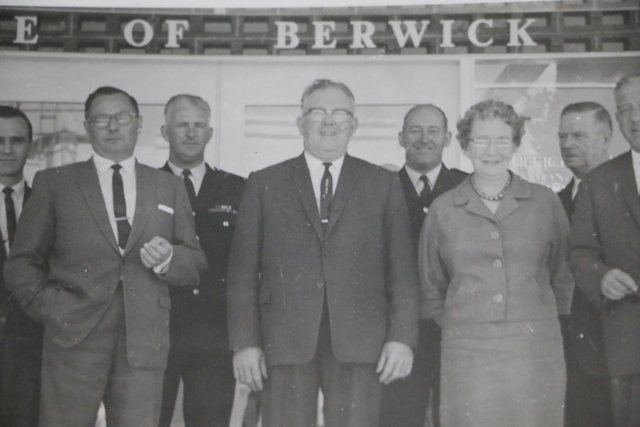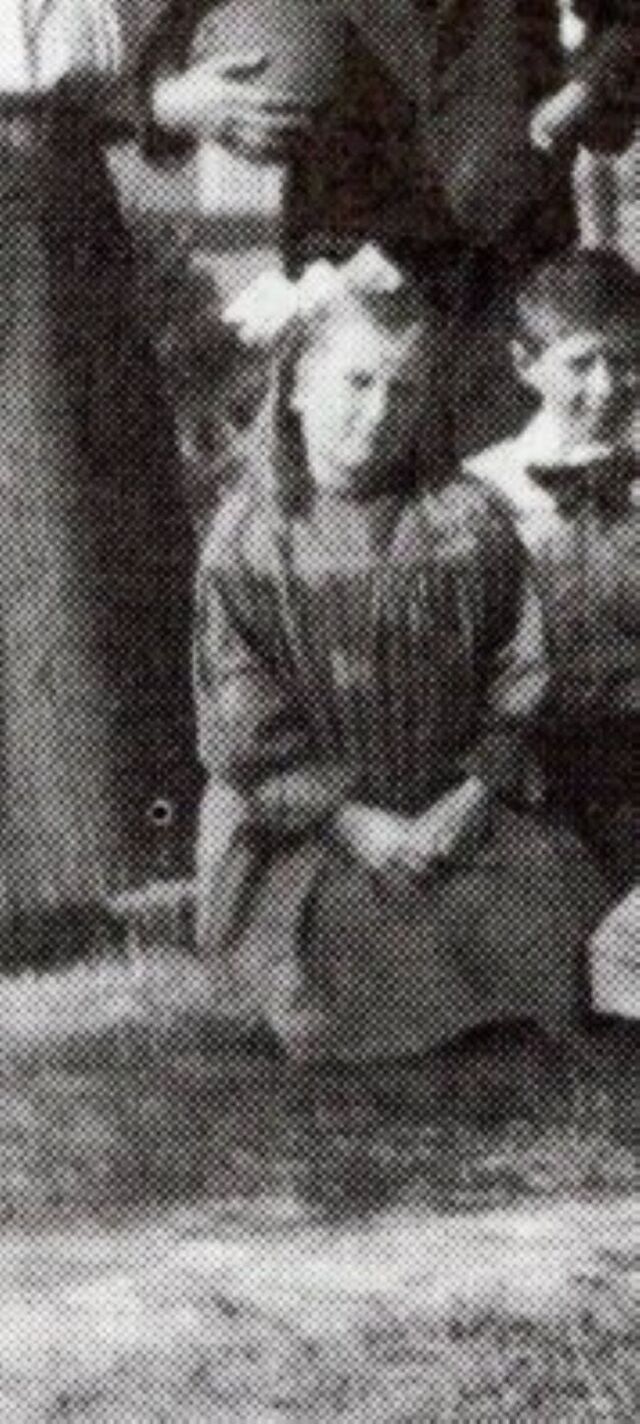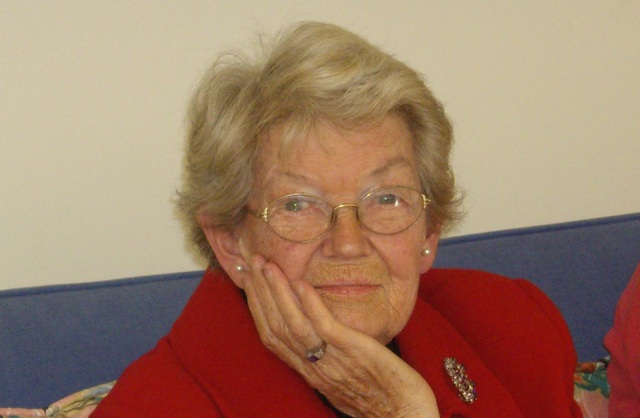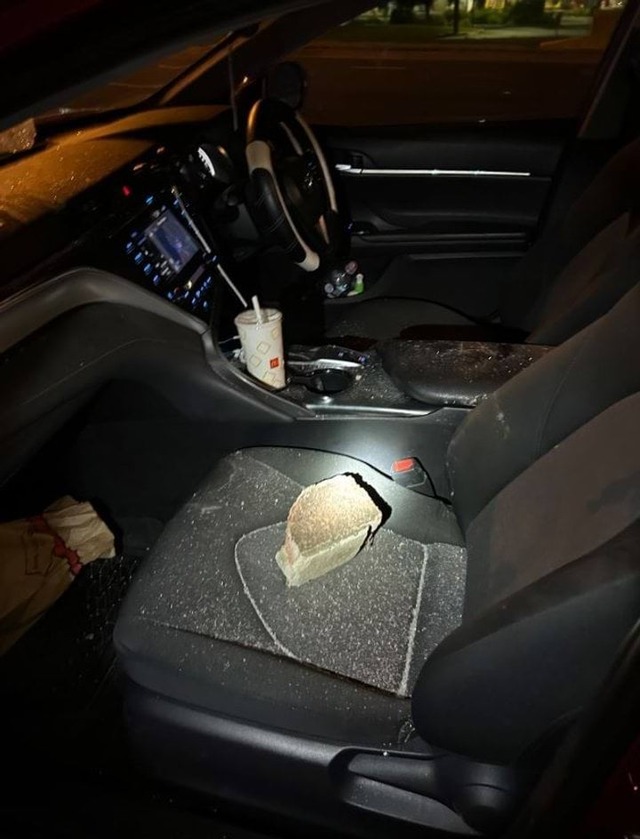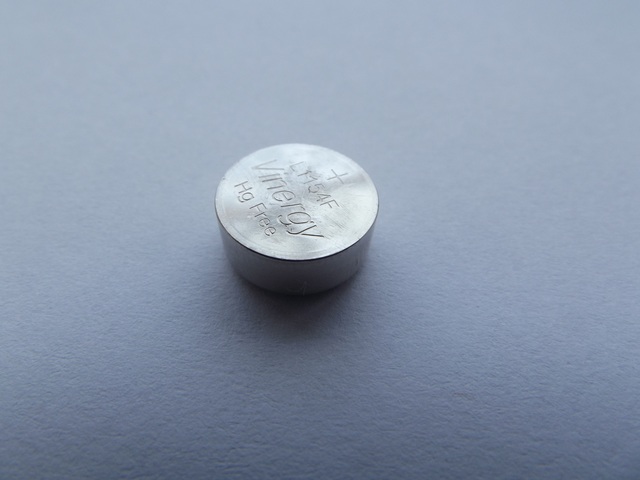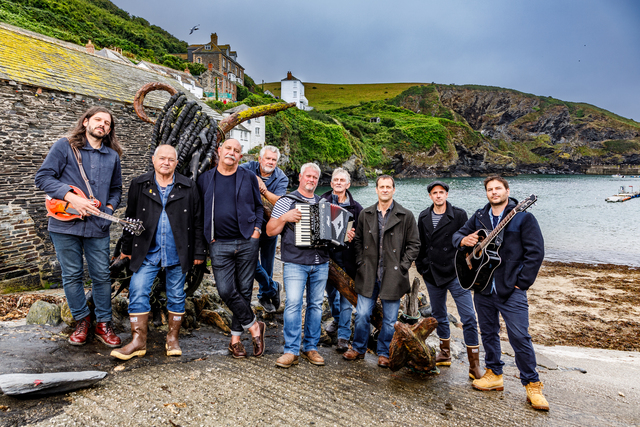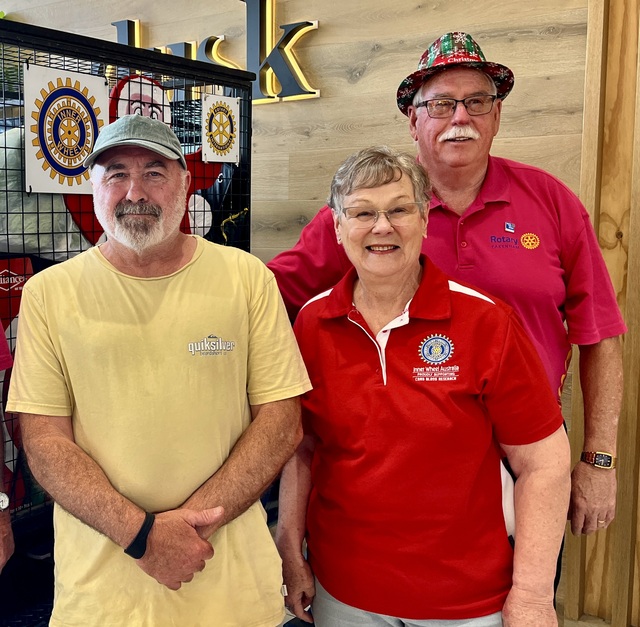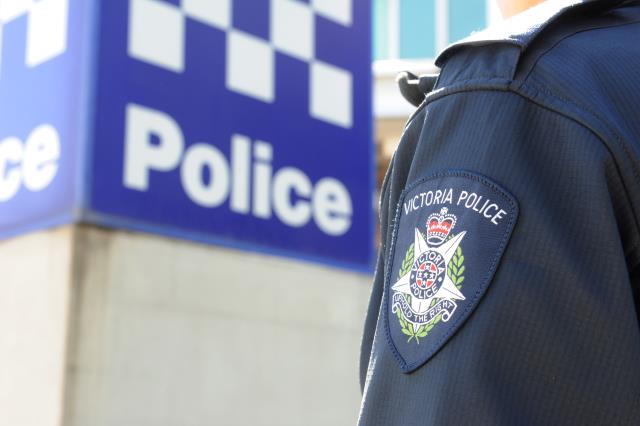Leila
This name would be in reference to Leila Keating (1900-1936).
As reported by Penny Harris Jennings from the Beaconsfield Banner, William Andrew Joseph Keating and wife Ellen Osborne owned the cottage known as ’Fairwood Park’, having inherited the property from William’s father Andrew Keating in March 1899.
Unfortunately, only 16 months later, William dies of pneumonia, leaving his wife Ellen and four-month old daughter Leila, born in Beaconsfield.
In 1907, Leila attended Officer State School, being one of 21 children having to study in a one-room school house under one teacher.
Upon completion at Officer State School, Leila then goes on to study at Melbourne University, graduating with an arts degree.
Leila and her mother then moved to Sydney where Leila studied medicine and completed her final degree examination in 1925.
Dr Keating went on to win an international scholarship, travel to England for further study at Cambridge University, and returning and advocating for women’s role in the workplace.
She was also believed to be the first woman doctor to sign on a cargo steamer, travelling as the ship’s doctor around the world.
In the June 14, 1935 edition of The Age, an account of her address to a luncheon of the Victorian Women Citizens’ Movement was published addressing her passion for equal pay and opportunity for women.
“I am quite against women accepting positions that men are applying for, at less money than the men are offered,“ she said.
Dr Keating rose the ranks, becoming a leading radiologist in charge of the radiotherapy department at St Vincent’s Hospital, Sydney.
At the age of 36, she tragically died after a routine appendix operation and is buried alone at the Rookwood Cemetery in Sydney.
Debra
Debra refers to Debra Bramley (1957-2016), who was an active community member in Nar Nar Goon.
The Nar Nar Goon history group initially proposed Brocost Park, which combined Mrs Bramley’s name with fellow Nar Nar Goon residents Joan Rose, June Stephens and Judy Collins.
However, due to Joan, June and Judy’s names being duplicates of other town names and rules not allowing names to be combined, Debra was put forward as the group’s nomination.
Her husband Geoff said he was “very happy” to see Debra’s name among the options.
“She was just a gorgeous lady,” he said.
The pair were married for 39 years and had four children, 34 of them spent in Nar Nar Goon, before she was diagnosed with cancer in 2015 and lost her battle not long afterwards.
Mrs Bramley was a long-time member of the Progress Association and served as assistant secretary, she was a member of the Pakenham Uniting Church and the newsletter’s weekly editor.
She was also the secretary of the Cardinia branch of the Victorian Farmers Federation.
Mrs Bramley also served as editor of the Goon News and was part of the Nar Nar Goon kinder committee.
Mr Bramley said his wife was a “tireless” supporter and advocate for the Nar Nar Goon and broader Cardinia area.
“I think she’s very deserving of the honour which may be coming her way,” he said.
Alice Park
Alice Park refers to Alice Henry (1857-1943), who was a prominent journalist and writer from Beaconsfield.
She was a leader within the women’s suffrage movement in Australia, as well as a staunch campaigner for the early trade union movement.
As reported by Penny Harris Jennings from the Beaconsfield Banner, an arrival in Melbourne from Scotland in the early 1850s, Charles Ferguson Henry married Margaret Walker and they had two children – Alice and Alfred.
Charles Henry found work as an accountant with the importing firm Andrew and Walter Ferguson and resided in Richmond.
In 1858, with the slump of trade due to the end of the gold boom, the importing firm closed, so Charles decided to try farming and purchased 150 acres in Beaconsfield under the scheme of time payment.
This land was considered of poor quality and mostly uncleared.
Charles, Margaret and their two children Alice and Alfred lived in a tiny timber cottage with bare earth floors, surrounded by magnificent eucalypts.
In Diane Kirkby’s book ’Alice Henry: The Power of Pen and Voice. The Life of an Australian-American Labour Reformer’, she spoke about Ms Henry’s love for the outdoors, with her brother a “constant playmate“ during her childhood.
“They enjoyed a closeness that in later life that can probably be traced to this time in the bush when they only had each other for company and Alice could enjoy the freedom her brother did,“ she wrote.
Ms Henry said her relationship with her brother made her immune to any misogyny or inequality present at the time.
“No sex division, still less sex inferiority, obstructed itself on my mental picture,“ she said.
“The distinction between qualities and standing between boys and girls were literally unknown to me.
“I was a person.“
Three years later, Charles gave up farming, leasing out the farm and returning to live in Richmond.
He later sold the land to the Railways department, on which they subsequently built the Beaconsfield Railway Station.
In 1874, Ms Henry graduated with credit from Richard Hale Budd’s Educational Institute.
She wanted to teach but illness changed her vocation to journalism, writing for the Argus and Australasian newspapers.
Ms Henry wrote two books; ’The Trade Union Woman’, and ’Woman and the Labour Movement’.
She wrote many articles and contributed to publications throughout the world, as well as compiling a bibliography of Australian women writers in 1937.
Ms Henry died in Malvern on 14 February 1943 and her remains are scattered at Fawkner cemetery.
Her obituary in Hobart’s weekly newspaper The Voice read: “She was so completely selfless that her personal life was absorbed in her work and service for women who toil, and this had become her very existence. Her old friends and fellow workers will always remember with deep gratitude her vigorous, stimulating mind, her enthusiasm and zeal, her personality and warm friendships.“
This name was submitted by Berwick-Pakenham Historical Society.
Honora
The ‘matriarchal’ figure for the family, Honora Carney (1836-1912) was a late submission to the list to honour the woman who built the farm which effectively encompassed what Pakenham East is today that made the titular local family so well-known.
The list of potential names was originally down to five, yet once the names were public the Carney family felt inclined to submit their own.
“We thought that, you look at reasons why. There is 3 from the Beaconsfield area, one from Pakenam, one from Nar Nar Goon,” great-grandson of Honora, Mark Carney said.
“We thought none of them really apply to the land, we know you don’t have to, but at the least we thought these people have done as much as Honora had.”
When the submissions came before councillors in April, Cr Graeme Moore submitted the alternate motion to add the name honouring Honora.
For many in the area, the reference makes sense as many already refer to the area as ’Carney’s Hill’.
A large part of land between Pakenham and Nar Nar Goon, which will soon become an urban area, was farmed by the Carney family for generations and Honora played a seminal role in that history.
Honora was an Irish immigrant who came to Australia in the early 1800s where her original family name was Ryan, which Ryan Road, Pakenham is named after.
She married her husband, Michael Carney in 1861 at St Francis Church in Melbourne.
They would live on land around Payne Road, Beaconsfield for a period before buying land where Pakenham East is today south of the Princes Highway in 1869.
In 1880, Michael died. Leaving Honora with seven children aged 1 to 18-years-old and a farm to run.
Despite the odds against her, she would not only retain the farm, but expand exponentially to what would become the farm of the Carney family as her children would thrive into the family that is still in the area today.
She bought more land in 1887 and bought even more north of the highway around Dore Road in 1902.
“She would eventually double its size,” cousin of Mark and great-grandson of Honora, John Carney said.
“She was a very strong-willed woman and she did a pretty damn good job.”
Naming the new suburb on the land Honora built until her passing in 1912 would go a long way to recognise the Carney family and their over 150 years of history with the land.
“It would be a great honour if it were to be named after her even though we didn’t know her, she was a big part of our family,” John said.
Gwyn
The contributions of life-long community members are rarely honoured, yet Gwyn is a submission to truly reflect the tireless work someone gave to their community.
The name refers to Gwynneth Conn (1922-2013), or Gwynneth Mapperson by her maiden name. This submission was made by the Berwick-Pakenham Historical Society.
Conn is a well-recognised name of the area, and Gwyn and her husband Frank were the ones to cement it after they moved to Upper Beaconsfield in the early 1950s.
They were both highly-regarded community members and immensely active in the town they loved and beyond.
Frank Conn was a longtime president of the Upper Beaconsfield RSL and Gwyn was always by his side, yet she was much more than just that.
Gwyn served as president of the Upper Beaconsfield Kindergarten Committee, a lifelong member of the Beaconhills Golf Club, active in the Infant Welfare Centre and St John’s Church, a member of Red Cross and CWA and a strong supporter of Save the Children Foundation.
Her presence was as synonymous as her husband’s at the RSL, she was known as the ‘first at the club and last to leave’ on Anzac Day. In 1999, her husband passed away and the RSL committee awarded her a Life Membership.
She was known as an effortlessly kind soul, for people and even animals. Her children recall pets and injured wildlife always being taken in by her at the family house.
“Behind every successful man is a supporting wife and Mum was an excellent supporter of Dad, aside from that Mum shone on her own,” her son, Simon Conn said.
“A resident that cared for her family, her community and every living organism in the place.”
They would raise three children, Simon, Jenny and Andrew who have all gone on to keep her and her father’s legacy alive since Gwyn’s passing in 2013. At the time she was the oldest resident of Upper Beaconsfield at 91-years-old.
“Naming the new suburb using Mum’s name would be a very fitting tribute to an amazing lady who was a very proud community supporter,” Simon said.
“Not only is it a wonderful name but it would be recognition of a lifelong community contribution that continues through her children to this day.”
Beatrice Park
A pioneering story lies behind the name Beatrice, who became one of the first women to be a shire secretary in Victoria right in Pakenham.
The name was submitted by historian Heather Arnold from the Kooweerup Swamp Historical Society.
The name is after Beatrice Thomas (1901-1997), life-long resident of Pakenham and member of the Pakenham Gazette’s Thomas family who was commonly known as ‘Trixie’.
“I just think she was a trailblazer in her field,” Arnold said.
“She devoted her work to the shire and Pakenham and I think for that she is really well deserved for the name.
“She made a significant state-wide contribution to Government and Local Government.”
Beatrice was born in 1901 where her childhood would see the beginnings of the Pakenham Berwick Gazette, when she was 22-years-old she joined the staff at the Shire of Berwick – a shire she would serve for 43 years.
In 1951, the secretary post was vacated, out of 24 applicants, only one woman dared to put her hand up.
Beatrice was appointed, the first woman to do so in the shire and possibly the second ever in Victoria.
It was no easy ascension, people not only disapproved the appointment of a woman, but the RSL were enraged as they expected a returned soldier to be appointed.
The storm of protest made headlines not only in the Pakenham Gazette, but the Dandenong Journal and the Argus.
She wasn’t alone, Women’s groups across the country backed Beatrice and ultimately the Shire of Berwick – overwhelmingly men who had worked with her for 27 years at that point – stood firm on their choice.
Lingering objections would have dissipated as she quickly proved her skill at the job, the Melbourne Herald at the time said, “Miss Thomas can debate anything from rates to road-making just as well as her male-counterparts.”
She would remain secretary until 1966, where she retired with immense gratitude and esteem from her colleagues.
She would live in Pakenham until her passing in 1997, she was remembered personally for her sharp mind that produced effortless wit and her rock-solid dedication to her town.
“She lived in Pakenham all her life, she was with the Presbyterian Church, I used to see her there all the time around town,” Arnold said.
“There were no female councillors at the time, very few women worked in councils and yet she was just as competent.”



